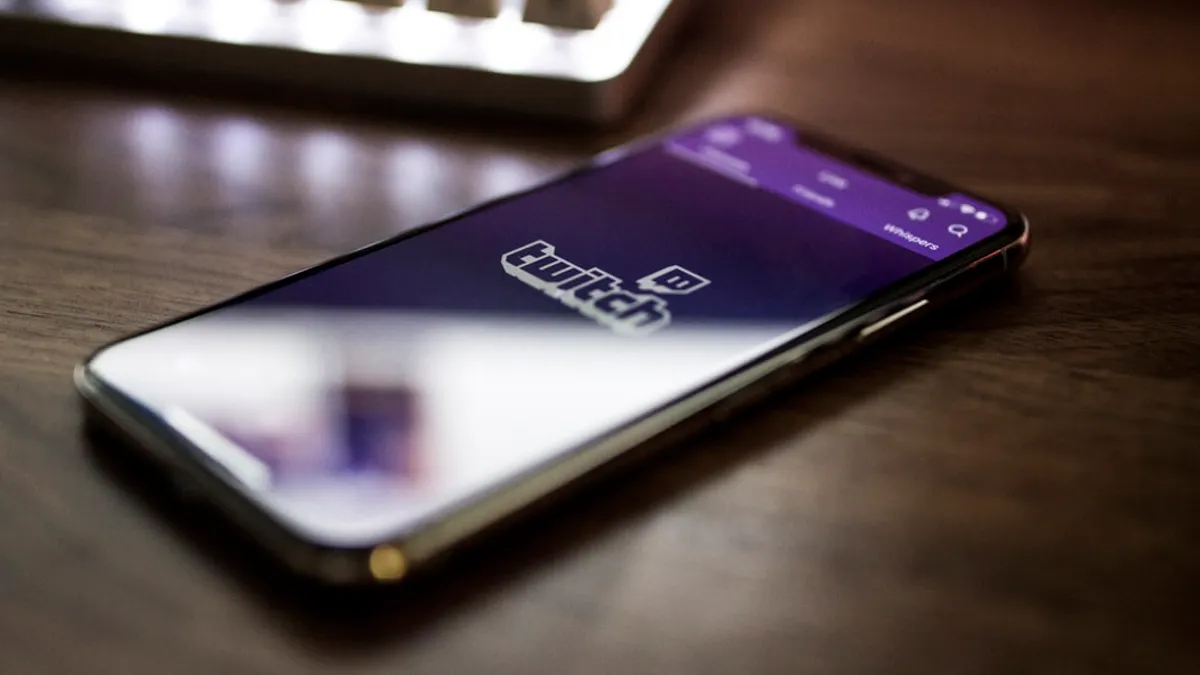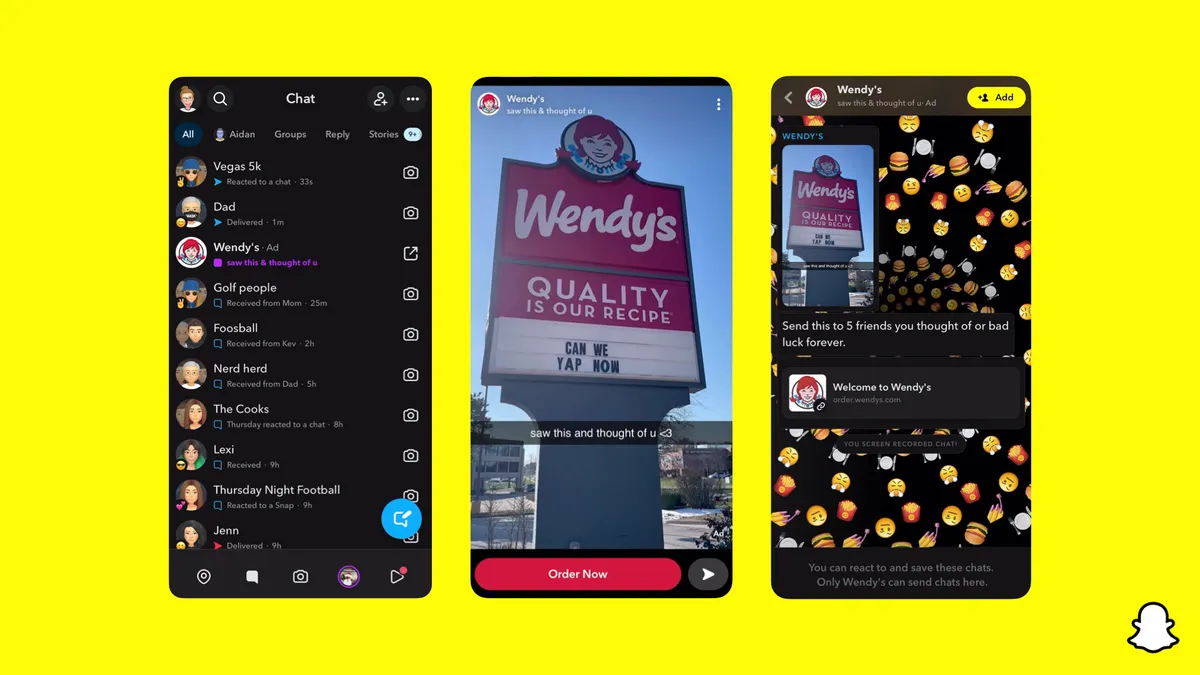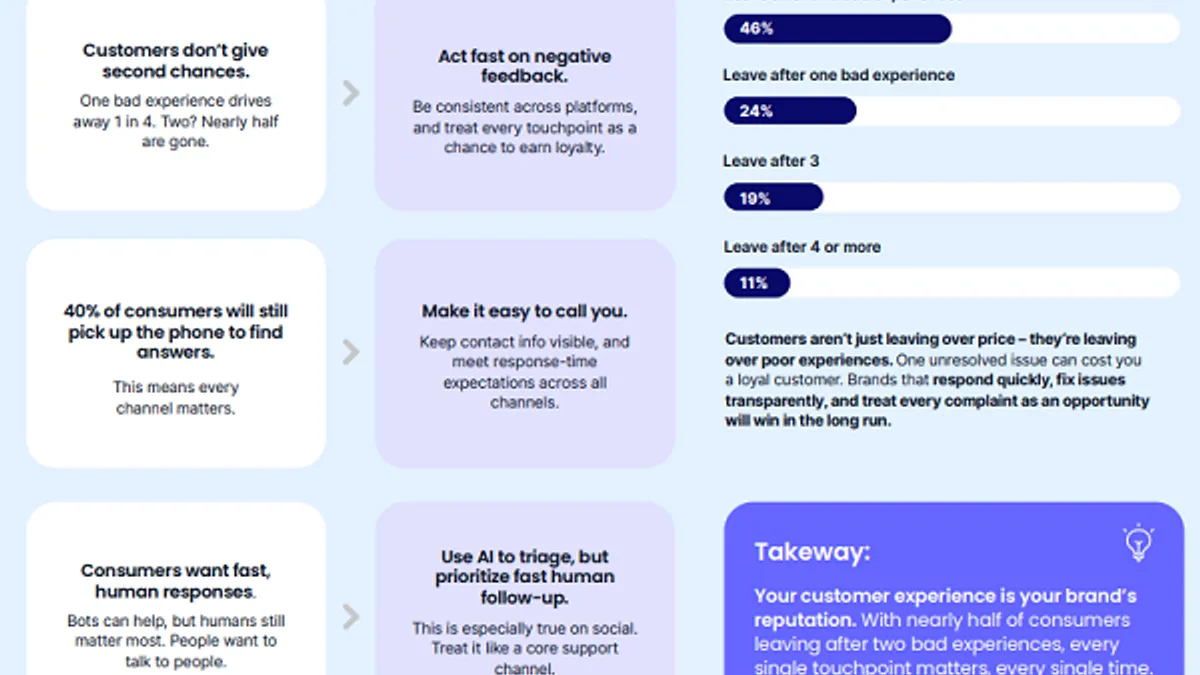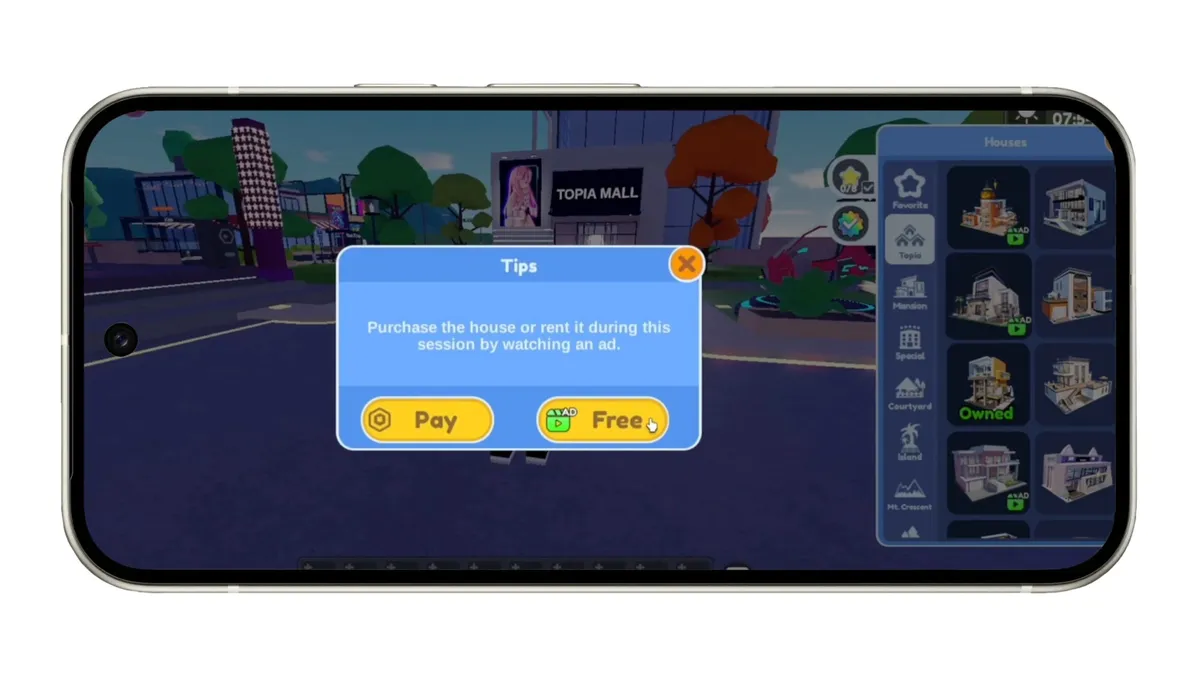Editor's Note: This is part of a series of pieces looking at the year to come that Mobile Marketer will publish throughout January. For more on what to expect in the months ahead, check out a rundown of in-app marketing trends and how mobile and retail will converge going forward.
In 2019, mobile marketers had to grapple with the meteoric rise of TikTok and new forms of shoppable ads and social commerce. That is expected to continue in 2020, as marketers rush to differentiate themselves on social platforms both old and new.
After years of blossoming growth, influencer marketing was hit with the deprecation of the Instagram like, potentially changing the tactic in 2020 and beyond. Plus, amid nascent Streaming Wars comes the eagerly anticipated debut of the mobile-first Quibi platform, and the potential for 5G to finally deliver on years-long hype.
Below are five key developments set to shape the mobile marketing world this year.
2020 will see influencer marketing's 'glow up'
This is the year when influencer marketing will have its "glow up," according to Pierre-Loïc Assayag, CEO of influencer management platform Traackr. Shifting budgets toward the tactic, platform changes to combat vanity metrics and a renewed focus on authenticity offer opportunity for marketers in the months ahead.
"Removing 'likes' from immediate view means that there is no longer an incentive for influencers to pad their engagement numbers with purchased bot likes in the hopes that marketers will see the size of their following online and pursue them," said Leah Logan, VP of media products at Inmar Collective Bias.
The move to hide vanity metrics on Instagram, the dominant influencer platform, will push marketers to adopt more concrete ways to measure success, including views, engagements, comments, coupon use and click-through rates, according to Brian Wulfe, CEO of digital agency Effective Spend.
"Influencers that are using direct response measurements like these are going to continue to find success, but the influencers that were measuring on likes are going to struggle to understand how to optimize their efforts for success and justify their value to their clients," he said.
Part of that platform change centers on an increased need for authenticity, the cornerstone of influencer marketing, and connecting like-minded users through organic content. Logan predicts marketers will place a greater emphasis on authenticity in 2020 and creating deeper, brand-safe partnerships.
"We've moved away from the core of influencer marketing in recent years, but we're making our way back. TikTok is one example of an emerging influencer platform that offers uber-personal, raw connections."

Leah Logan
Inmar Collective Bias, VP of media products
"We've moved away from the core of influencer marketing in recent years, but we're making our way back. TikTok is one example of an emerging influencer platform that offers uber-personal, raw connections," Logan said.
While Instagram remains the dominant platform for the tactic, influencers are seeing declining reach on the platform because established platforms now tend to favor paid content, according to Wulfe. Influencers will struggle to gain footing on mature channels such as Facebook and Instagram if they don't already have a dedicated following, encouraging them to test up-and-coming platforms to engage audiences.
"What this leads to is better ROI on newer platforms like TikTok. Influencers using these up and coming platforms are going to see much better organic reach, making it possible to grow their follower base," Wulfe said.
TikTok will maintain its meteoric surge
TikTok is the platform to watch in 2020, according to experts. Its popularity soared last year among teens and young adults, rising to the fourth most-downloaded app behind Facebook, Messenger and WhatsApp, per App Annie. Part of TikTok's meteoric success is due to its focus on creating and sharing fun content, Forrester's VP and Principal Analyst Thomas Husson told Mobile Marketer.
That singular purpose reawakens the idea that social media can serve as an entertaining outlet for users, differentiating TikTok from more established sites like Facebook and Instagram as they battle antitrust and privacy scrutiny.
Social video will continue to explode, as it's still early days for brands experimenting with marketing on TikTok. The platform's roadmap for 2020 will likely lead to monetization through sponsorship deals and innovative product placements, Husson said.
"Brands willing to engage the younger generation will favor such models over traditional digital ad placement," he said. "I think [it is] likely to leverage [its] huge installed base to add new services and subscription models such as a streaming service."
Marketers in 2020 should use TikTok to build brand affinity and awareness, as more traditional direct response ads are not likely to spark significant returns, according to Effective Spend's Wulfe.
"At this point, TikTok still has a very low cost-per-view. That means you can experiment by being more entertaining and fun and less salesy," he said. "Advertisers' first goal should be to make content for the platform and push a sale second."
Meanwhile, TikTok and its social media counterparts will likely see amplified scrutiny around regulation and privacy in 2020. Wulfe suggests the platform learn from YouTube's $170 million settlement for collecting children's personal information without parents' consent.
"With the vastly young demographic on TikTok, advertising and privacy concerns arise. Brands cannot target children in their ad campaigns," he said.
Quibi aims to crack the code on mobile video
More than three years since the effort was first announced, Jeffrey Katzenberg's Quibi is expected to finally launch in April. The mobile-only short-form video platform (Quibi is short for "quick bites") aims to find success in a space where Verizon, Samsung, Comcast and others have had pricey failures.
Backed by $1 billion in funding, Quibi announced this year that it has already sold out its first-year advertising inventory with $150 million in sales and a lineup of ad partners that includes major players Procter & Gamble, PepsiCo, AB InBev, General Mills and more.
Despite the early interest from investors and marketers, Quibi is far from a sure thing with consumers who have increasingly varied options for both subscription and ad-supported streaming video.
"It's unclear that 'premium short-form video' is something that consumers really want. And even if they do, Quibi's model seems indefensible," maintains a recent report from Interpublic Group's Magna media-research unit and IPG Media Lab titled "The State of Streaming Television."
"When consumers already have access to multiple video services on their devices from well-known brands that they already love, Quibi seems like it will be too little, too late."

Magna and IPG Media Lab report
"The State of Streaming Television"
"When consumers already have access to multiple video services on their devices from well-known brands that they already love, Quibi seems like it will be too little, too late," according to the report.
Even if consumers are as down on Quibi as the forecast, it doesn't mean that short-form mobile content is going anywhere, especially as U.S. adults are spending more time using their mobile devices than they spend watching TV, with 40% of their daily digital video viewing time taking place on a mobile device, according to eMarketer.
"I think it's wrong to … say if Quibi is successful or not indicates what happens, because the market is there," Carter Pilcher, CEO of short-form video channel ShortsTV, told Mobile Marketer. "If Quibi fails, there are still billions of people watching short videos."
Social commerce and shoppable ads are the next mobile battlegrounds
While product sales through social media make up a relatively small sliver of e-commerce, the trend is set to climb this year as platforms incorporate native features that offer users a more unified experience. Currently, shoppers mostly browse social platforms to discover products and engage with brands, but transact outside the app —typically on a company's website or separate messaging system. This is a limiting factor when it comes to giving users a holistic experience from discovery to purchase, Socialbakers' CEO Yuval Ben-Itzhak told Mobile Marketer.
Friction such as this has prevented a major impact from social commerce or shoppable ads, according to Sucharita Mulpuru, VP and principal analyst at Forrester Research.
"Retailers haven't said it has moved the needle. There may be some smaller retailers experimenting with these ideas and finding some success, but it seems like the new version of QVC and it hasn't really spread as a big marketing idea," she said.
However, 2020 may be the year when social commerce becomes a more mainstream shopping channel, allowing brands new opportunities to engage users on the go and offering a fresh revenue stream. As consumers continue to evolve their media consumption to mobile devices, marketers will likely follow suit and integrate commerce across content through native and shoppable ads, Verizon Media's Chief Business Officer Iván Markman said.
"Trusted publishers also have a built-in user base of in-market shoppers waiting to be activated," he said.
Brands such as Grubhub, Wendy's and Burger King incorporated shoppable content into "Fortnite" and Twitch campaigns in the second half of 2019, aiming to draw in ultra-engaged gamers and convert them into customers. More brands are forecast to similarly produce shoppable, attention-grabbing content on these nontraditional marketing channels.
Brands targeting Western audiences should focus their investments on Instagram and TikTok, according to Ben-Itzhak, while those pursuing Eastern audiences should hone strategies around WeChat and TikTok.
5G picture takes shape
After several years of hype, plenty of experts claimed that 2019 would be the year when fifth-generation wireless communication networks, or 5G, would change the mobile landscape, and while several providers have begun the roll-out, the technology is just starting to reach consumers' smartphones.
Despite the delays, consumer demand for the technology is there, with 67% saying that they'd be likely to buy a compatible smartphone when service is available, according to a Deloitte survey.
"As carriers roll out 5G in the United States, a significant number of consumers will adopt the service quickly — if it delivers on its promise of faster speeds and better coverage," Kevin Westcott, vice chairman at Deloitte, said in a statement. Westcott pointed to the continued development of "data-heavy entertainment services" that require faster speeds as the driver of consumer demand.
Along with increasing the time spent on streaming services, 5G is expected to better power augmented reality (AR) experiences, which have been a part of marketers' toolboxes for years but often fail to move beyond gimmickry. However, faster 5G could mean more meaningful in-store applications, with Gartner predicting that AR shopping will grow to 100 million consumers by 2020.
However, some remain skeptical of 5G's significance, especially with the hype cycles and delayed roll-out the technology has faced.
"Unless you're a CMO at a telecom equipment company or a telco, you should not spend time thinking about 5G in the consumer space," Forrester's Husson wrote in a blog post. "To consumers, 5G in 2020 will feel like 3G in 2004 or 4G in 2010."
























